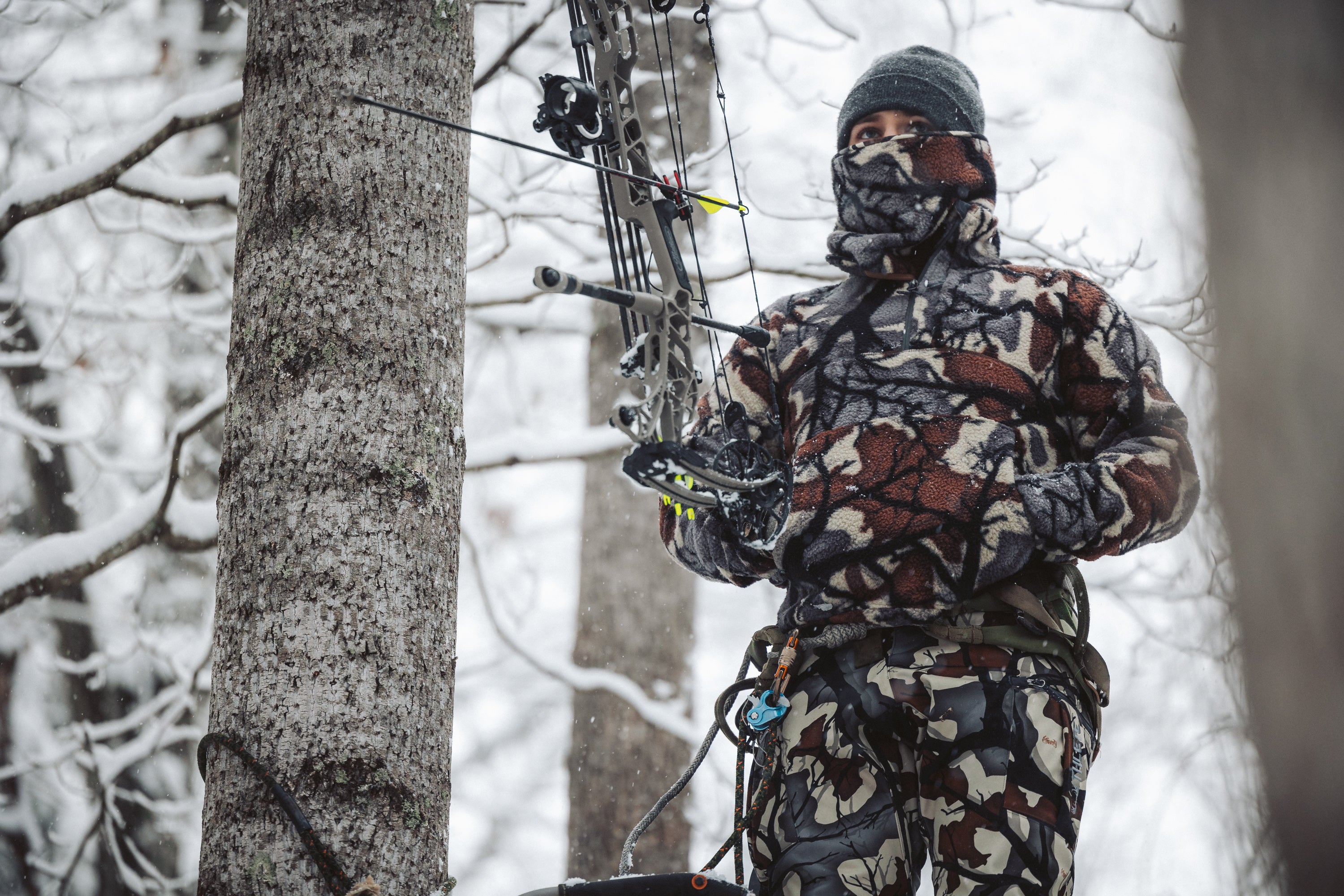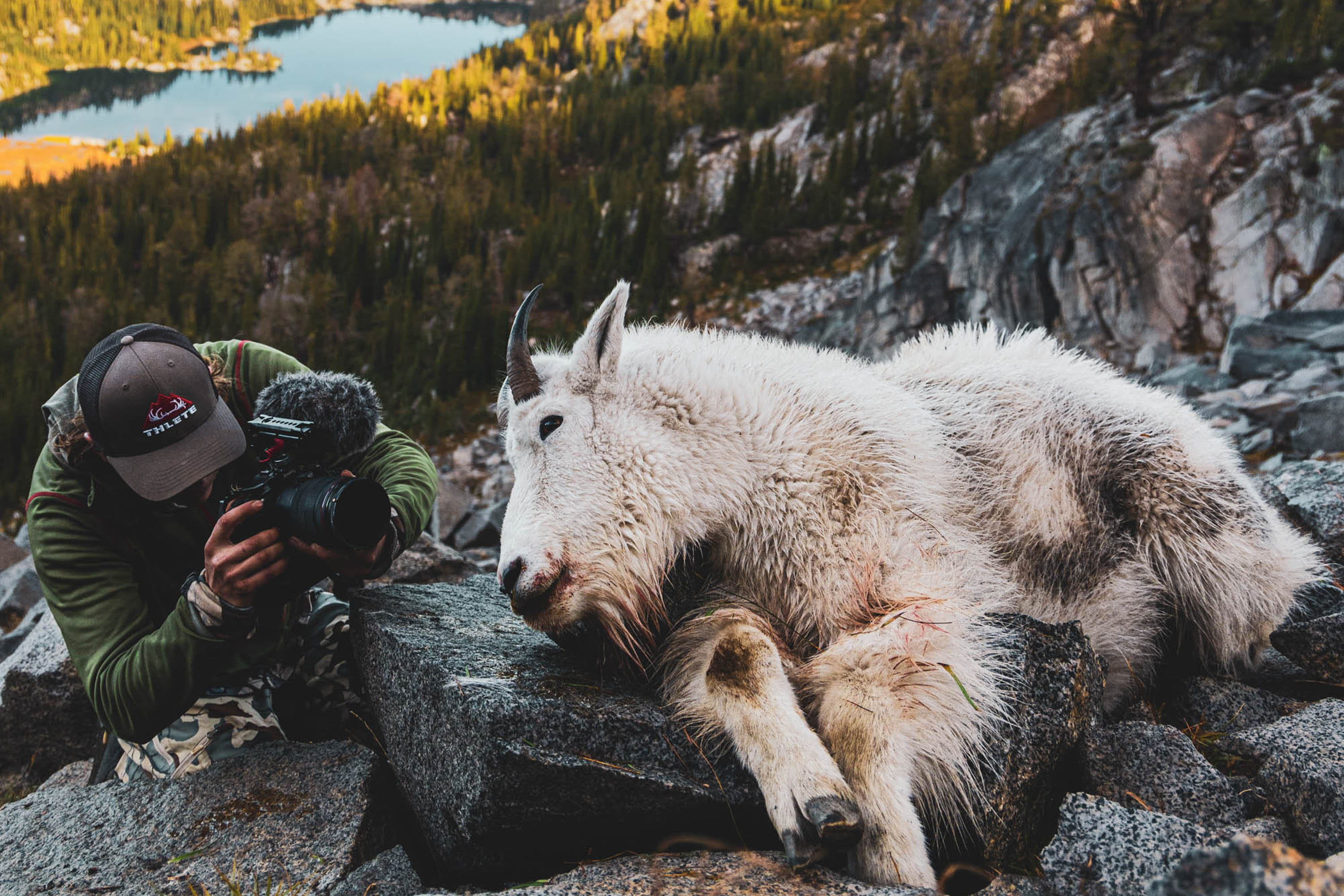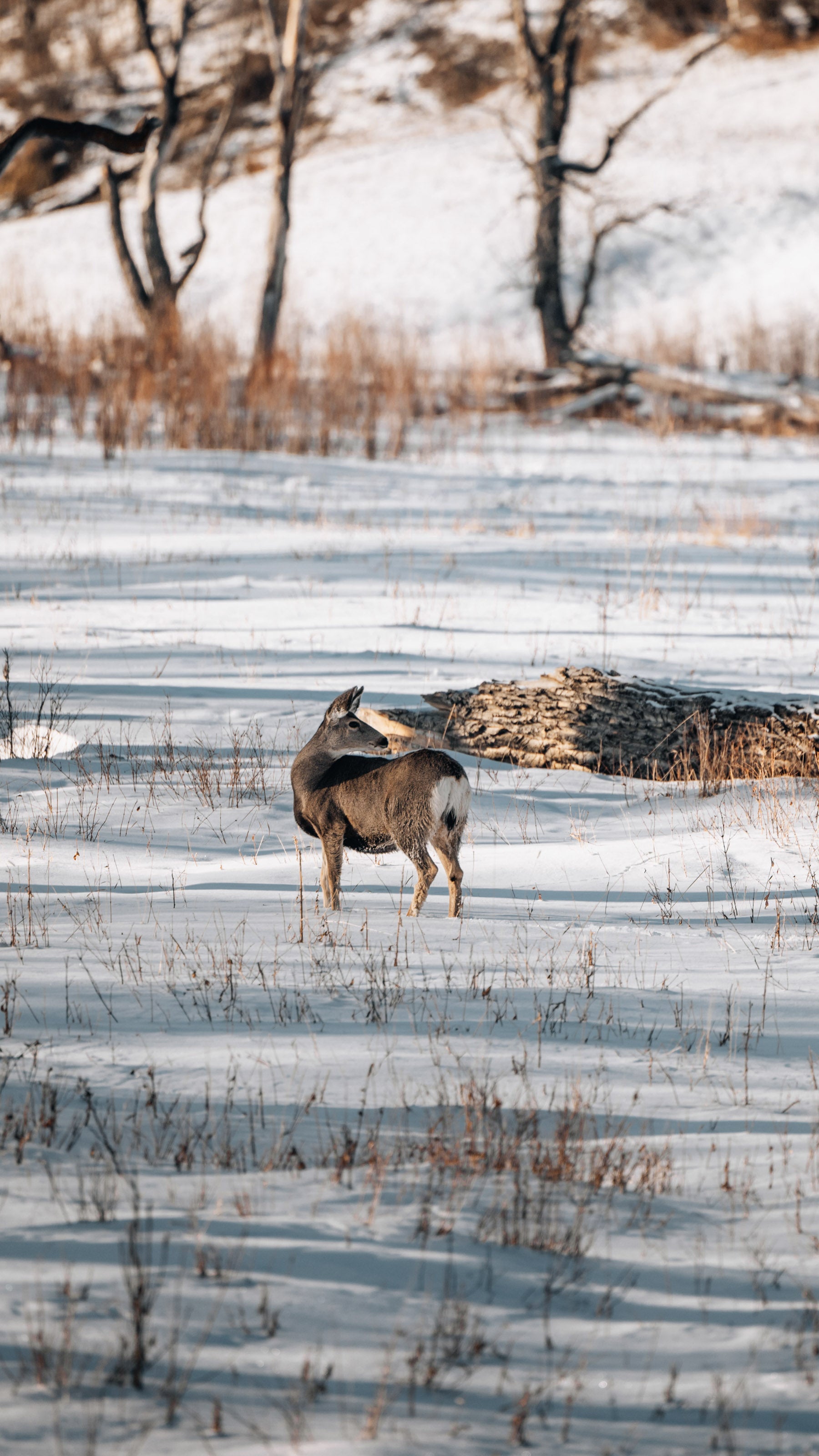
Shedding Light on Deer Vision: How Well Do Deer See at Night?
Introduction: Understanding the visual capabilities of whitetail deer is essential for hunters and wildlife enthusiasts alike. Among the various aspects of deer vision, their ability to see in low-light conditions, particularly at night, has always intrigued researchers and hunters. In this in-depth blog post, we will delve into the fascinating world of deer vision and explore how well these elusive creatures can see in the dark.
-
Adaptations for Low-Light Vision: Whitetail deer possess several physiological adaptations that enable them to navigate and forage during low-light conditions. Their eyes, larger in size relative to their heads, allow more light to entr the retina, maximizing their visual sensitivity. Additionally, deer have a higher concentration of rod cells, specialized photoreceptor cells responsible for night vision, enhancing their ability to detect movement and perceive objects in dim light.
-
Night Vision vs. Human Vision: Comparing deer night vision to human vision reveals intriguing differences. Humans have a higher concentration of cone cells, which provide color vision and visual acuity in bright light but are less effective in low-light conditions. In contrast, deer rely heavily on rod cells, granting them superior night vision while sacrificing some color perception and visual acuity compared to humans.
-
Reflective Tissues: The Tapetum Lucidum: One remarkable feature of deer vision is the tapetum lucidum, a specialized reflective layer located behind the retina. This structure enhances their night vision by reflecting light back through the retina, giving the photoreceptor cells a second opportunity to detect photons. This reflective layer causes deer eyes to appear luminous at night when illuminated by artificial light sources, such as headlights.
-
Motion Detection and Depth Perception: While deer excel at detecting motion in low-light conditions, their depth perception may be less precise compared to humans. Their eyes are positioned on the sides of their head, providing a wide field of view but potentially limiting their binocular vision. This difference in binocular vision may affect their ability to accurately judge distances, especially in the dark.
-
Sensitivity to Different Wavelengths: Deer have heightened sensitivity to blue and ultraviolet light, allowing them to detect subtle color variations that may go unnoticed by humans. This increased sensitivity to shorter wavelengths may aid in identifying potential threats or food sources, providing them with an advantage in their environment.
-
Factors Affecting Nighttime Visibility: Several factors can influence a deer's visibility at night. Moonlight plays a significant role, as a full moon can illuminate the surroundings, potentially increasing a deer's visibility and altering its movement patterns. Conversely, overcast nights or thick forest can limit available light, reducing a deer's visibility. Understanding these factors can help hunters anticipate when deer may be more or less active during the night.
-
Hunting Strategies Based on Deer Night Vision: For hunters, comprehending deer night vision is crucial for successful nighttime hunting. It is vital to utilize low-light optics such as binoculars and scopes with sufficient light gathering capabilities. Employing night vision technology, thermal imaging, or game cameras equipped with infrared flash can provide valuable insights into deer movement patterns during nighttime hours.
Conclusion: Whitetail deer possess remarkable visual adaptations that allow them to navigate their environment in low-light conditions. While they may sacrifice some color perception and visual acuity compared to humans, their exceptional night vision, motion detection capabilities, and sensitivity to certain wavelengths make them well-suited for nocturnal activities. Understanding how deer see at night can greatly enhance hunting strategies, improve wildlife photography, and deepen our appreciation for these majestic creatures that gracefully navigate the darkness of their habitat.




